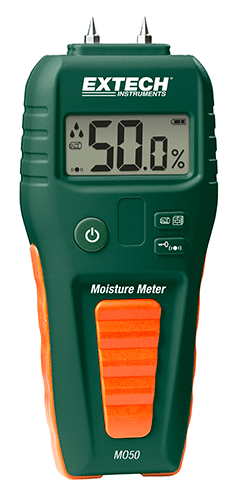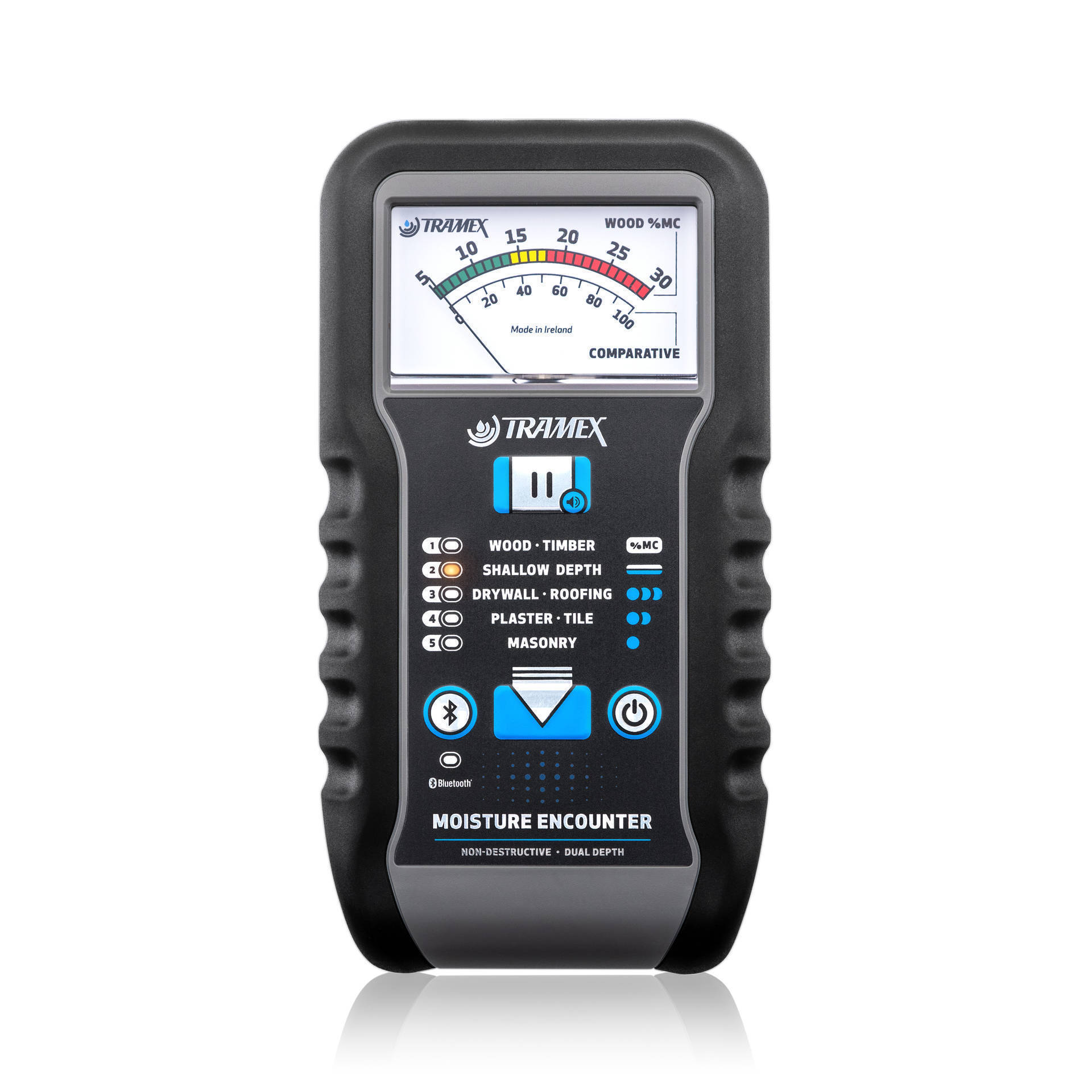Why Every Home Owner Demands a Moisture Meter: Secret Advantages and Features
Why Every Home Owner Demands a Moisture Meter: Secret Advantages and Features
Blog Article
Delve Into the World of Moisture Meters: Whatever You Required to Know
In the realm of dampness meters exists a globe of precision and usefulness that usually goes unnoticed. Recognizing just how moisture meters operate, the various kinds offered, and their varied uses can drop light on their value in ensuring quality and effectiveness.
Exactly How Moisture Meters Work
Moisture meters operate by gauging the electric conductivity or capacitance of products to identify the moisture content present. These meters are indispensable tools throughout numerous industries, including farming, building and construction, and woodworking. By utilizing different techniques such as pin-type or pinless modern technology, moisture meters offer accurate analyses that assist experts make educated choices.
Pin-type dampness meters work by placing the sharp pins into the material being evaluated. On the other hand, pinless dampness meters utilize electro-magnetic signals to scan a larger area without creating any kind of damage to the material's surface area.
No matter the approach utilized, moisture meters play an important function in protecting against concerns such as mold development, structural damages, or product problems brought on by excess moisture. Comprehending exactly how these meters job is essential for guaranteeing the top quality and integrity of products in various applications.
Sorts Of Moisture Meters
Offered the important role dampness meters play in numerous industries, it is essential to understand the different kinds offered to experts for properly examining moisture degrees - Moisture Meter. There are primarily 2 main kinds of moisture meters: pinless and pin-type dampness meters

On the various other hand, pinless wetness meters make use of electro-magnetic sensing unit plates to scan a larger location of the material without causing any kind of damages. This type appropriates for promptly scanning big areas and is typically used for flooring, walls, and ceilings. Pinless meters are hassle-free for taking analyses on completed surface areas without leaving any noticeable marks.
Both kinds of dampness meters have their advantages and are chosen based upon the particular demands of the task handy. Comprehending the differences between these types is crucial for specialists to make accurate dampness analyses.
Applications Across Industries
Building and construction professionals depend on dampness meters to examine the wetness levels in building products like drywall, timber, and concrete, which is essential for maintaining architectural stability and preventing problems like rot or mold and mildew. The flooring sector makes use of moisture meters to gauge the wetness web content in subfloors before installing official website various floor coverings, avoiding pricey damages due to excess dampness. In the food industry, dampness meters are used to monitor and regulate moisture levels in items such as grains, nuts, and dried fruits to preserve freshness and quality.
Tips for Using Dampness Meters
Use the moisture meter's calibration setups to guarantee exact analyses when measuring the moisture content in numerous materials. Furthermore, make certain the meter is established to the proper wetness array for the product you are determining to acquire the most precise outcomes.
When making use of a pin-type moisture meter, insert the pins to the ideal depth recommended for the product being checked. This makes sure that the moisture readings are drawn from the proper depth within the product, providing a much more precise representation of its dampness content. For pinless wetness meters, keep in mind to maintain correct contact with the material's surface to obtain trusted analyses.
Consistently examine and change the batteries in your dampness meter to stop incorrect analyses due to low power. Shop Learn More Here the meter in a completely dry and safe area when not being used to prolong its lifespan and preserve its accuracy. By following these pointers, you can make best use of the performance of your moisture meter and get exact dampness content measurements across different materials.
Maintenance and Calibration
To make sure the accuracy of moisture content dimensions, routine upkeep and calibration of the wetness meter are important steps in its proper functioning. Maintenance includes maintaining the wetness meter clean and complimentary from particles that can impact its readings. It is very important to comply with the manufacturer's standards for cleaning to avoid damage to the gadget. Additionally, regular calibration is necessary to verify the precision of the readings. Calibration readjusts the dampness meter to guarantee that it offers regular and reputable outcomes.
Calibration ought to be performed regularly, specifically if the wetness meter is used frequently or in essential applications where accurate measurements are called for. Lots of wetness meters come with calibration tools or can be adjusted by professional services. Moisture Meter. my review here It is advised to keep a log of calibration days and results to track the efficiency of the wetness meter over time. By adjusting the wetness and preserving meter on a regular basis, customers can rely on the precision of the moisture content dimensions gotten.
Verdict

In conclusion, moisture meters play a critical role in different industries by properly determining the moisture material of materials. Comprehending just how these devices work, the various kinds readily available, and correct maintenance and calibration are essential for getting reliable outcomes. Whether in farming, building and construction, or manufacturing, the use of dampness meters helps make sure quality assurance and performance in procedures.

In verdict, wetness meters play a vital function in different markets by precisely gauging the dampness web content of materials.
Report this page